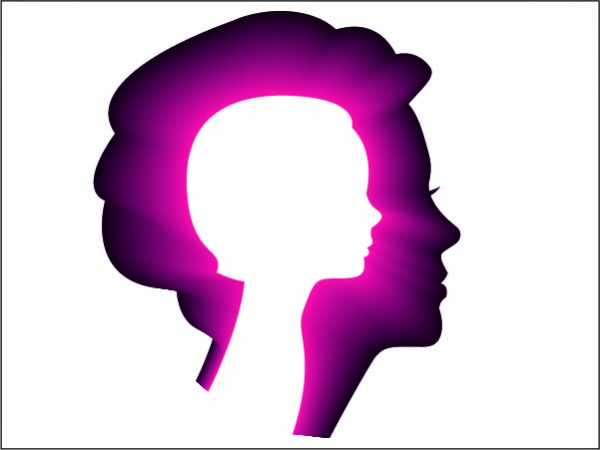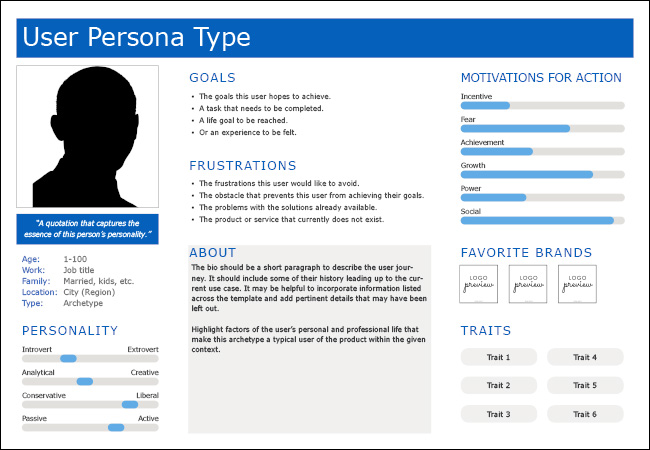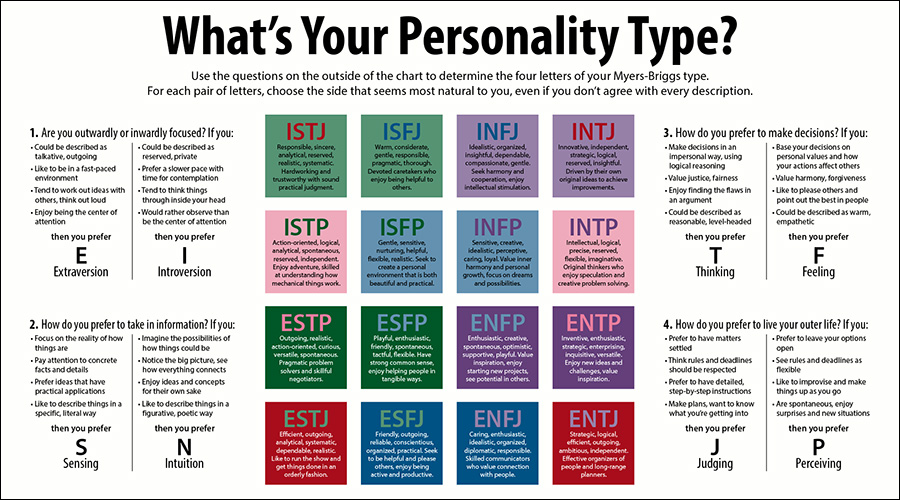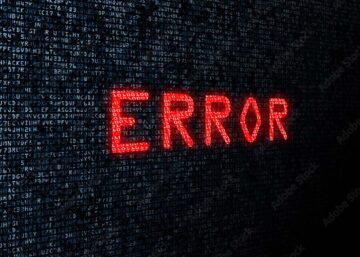How do we create strong personas?
In part 1 of this series, we looked at why personas are strong, useful models when it comes to communicating your designs of (digital) products. The biggest takeaway from that article was that a persona is not an individual, but the representation of a user group that interacts with your product in a certain context.
This second part will deal with what we need to look for when doing research for personas, and how we put all of that together to create strong archetypes that will provide us with good value, both during the design process, as well as when communicating our design decisions to others.
A persona is based on real-world research
Just like any other scientific model or archetype, a persona should be based on research done in the big, bad world. And this research ideally goes beyond just talking to some people while they use your product or prototype:
- Interview users while they are not using your product. This will get you insight in their expectations, desires, needs, and wishes.
- Talk to stakeholders and subject matter experts to get information about what the expected behavior of users will be.
- Gain market insight with focus groups and surveys.
- Take some time to look into market segmentation models and get a holistic view of different group we will have to deal with.
- Don’t forget historic data and previous done research; don’t waste precious resources on re-discovering the wheel.
Of course, the above does not mean that user interviews and observation session are not the back-bone of your persona research, but it should be clear that there is more to it.
A persona is presented as an individual
Herein lies one of the potential problems when interpreting personas for those who are not familiar enough with the use of models. A persona is not a real person; it is a personification of a series of characteristics and trademarks of a user group within a specific context. As this is quite abstract, we use the individual presentation to create empathy and engagement with these trademarks and towards the human target audience of the design.
Empathy is critical for us as designers, as we will be making our decisions for design frameworks and details based on both the cognitive and emotional dimensions of the persona, as typified by the persona’s goals.
However, the power of empathy should not be discounted for other team members. Personas help make our design solutions better at serving real user needs, but they also make these solutions more compelling to stakeholders. When personas have been carefully and appropriately crafted, stakeholders and engineers begin to think about them as if they are real human beings and become much more interested in creating a product that will give this person a satisfying experience.
In the end, though, keep in mind that a persona is not a real person and should not be set-up like one.
A persona represents a group of users
Because it functions as an archetype, it represents a class or type of user for a specific interactive product.
A persona encapsulates a distinct set of behaviour patterns regarding the use of a particular product (or activities if a product does not yet exist), which are identified through the analysis of interview data, and supported by supplemental quantitative data as appropriate. These patterns, along with specific motivations or goals, define your personas.
A persona is also sometimes referred to as a ‘composite user archetype’ because a persona is in a sense a composite assembled by grouping related usage patterns observed across individuals in similar roles during the research phase.

Re-using your personas
One aspect that is often overlooked when organisations adapt personas is the fact they should be context specific. If you bump into existing personas, that are presented to you with great pride as proof the company knows what it does when it comes to design, the first thing you should ask is: “When were these last updated?”
Don’t be surprised if the answer is: “Eight years ago.” (No, I did not make that up, actually happened)
A persona should be focused on the behaviors and goals related to the specific domain of a particular product. Therefore a persona, because it was constructed from specific observations of users interacting in specific contexts, cannot easily be reused across products even when those products form a closely linked suite.
If a set of personas is to be an effective design tool for multiple products, they must be based upon research concerning the usage context of all these products. Broadening the scope of your research will present an even bigger challenge to identify a coherent set of behavioural patterns across all contexts. As focus expands, it becomes more and more difficult to create a coherent set of personas that accurately represents groups of real-world users.
In conclusion, don’t fall into this trap and create a persona for every product and context. Also, make sure that over time, as product and context change, the personas tag along and stay up-to-date.
Stereotype vs archetype
Don’t mistake a stereotype for an archetype. If anything they are opposites.
A stereotype represents biases and assumptions, rather than factual research data.
Because a persona provides a precise design target and also serves as a communication tool to the development team, we must choose typical demographic characteristics with care. Ideally, persona demographics should be a composite reflection of what researchers have observed in the interview population, modulated by broad market research. Personas should be typical and believable, but not stereotypical.
A persona explores a range of behaviours
The market for a product describes demographics as well as lifestyles and sometimes job roles.
What it does not describe are the ranges of different behaviors exhibited by members of that market regarding the product and related situations. Ranges are distinct from averages: a persona does not seek to establish an average user, but rather to express exemplary or definitive behaviors within these identified ranges.
Because products must accommodate ranges of user behavior, attitudes and aptitudes, we must identify a persona set associated with any given product.
- Multiple personas carve up ranges of behavior into discrete clusters.
- Different personas represent different correlated behavior patterns.
A persona should express motivations
All humans have motivations that drive their behaviours; some are obvious, and many are subtle.
It is critical that a persona captures these motivations in the form of goals. The goals we enumerate for our personas are shorthand notation for motivations that not only point at specific usage patterns but also provide a reason why those behaviours exist.
Understanding why a user performs certain tasks gives us great power to improve, or even eliminate, those tasks yet still accomplish the same goal.
A user persona template
There are as many templates for personas as there are personas. By no means is the layout presented here a definite one. It just happens to be the one I have been using for a while now. But I have used different ones over time and most likely will use other ones in the future. The blue color just happened to be the main house style color for the company I used this template for.
The important thing is the information presented and the message it gets across. Let’s look at the different sections and their content.

Basic data and personality
The left column holds the primary information about the archetype.
First there is the title. Some just give each persona a name, motivated by having everyone address that persona by name to create empathy. While a valid argument, I have moved on to the opinion that we need a type specification; first of all to combat the ‘it’s just one person’ mindset, but also because it helps seeing different personas as different categories of users. Make sure the title is not too generic and that the set of titles covers your intended target audience.
Some demographic data is always useful, as is a photograph. That photograph should preferably show the persona in an environment where it uses the product. The photograph is a means to clarify context of use. Studio stock images of happy portraits are just a hit and miss here.
For type we are using one of the twelve common archetypes used in psychology. Make sure you continue to ask why a persona should be a certain archetype? How is your product going to be used by this archetype? Details matter as they will increase understanding and empathy. You can use these insights in the about section.

Personality characteristics are based on studies by Myers-Briggs. This is about determining who your user is. Identify key traits and blend that into an overall image. According to Myers-Briggs there are 16 different character types; the template translates this into a series of sliders for opposing characteristics.
The final part of this section is the quote. Note interesting remarks made during interviews and select one that most strikingly identifies this group of users.
The user's story
The story we like to tell with this user model gets split into three parts.
What is this user looking for in your product? What are his primary and secondary goals? Be careful that most of these goals should be endpoints. Being happy, or easy to use, are not endpoints, but generic goals that are always in play. Don’t waste your personas on goals like this, go deeper. If you need to convince people involved that a product should be easy to use, you are better off looking elsewhere for something better to do. Goals should be looked at on a case by case basis:
- Tasks, could be seen as sub-goals, items needed to complete to reach the bigger goal.
- Life goals, are too broad or even irrelevant for many products, but “retire at 50” can be quite an important persona goal for an investment service company. Be aware that this goals might loose a lot of its importance for some of the digital products we need to design for this company.
- Emotional goals are becoming more and more important as technical requirements and products offered become more available from different companies. There are fewer and fewer niche markets without competition. Therefore trust, safety, and satisfaction are among the more important goals for personas now. Once again, ask how and why!
At the other side of this scale are the problems, fears, frustrations, and other issues our users experience. Here we have the opportunity to take some of these away and gain trust and satisfaction. This also illustrates the temporary nature of our user models; if after two year the frustrations are still the same, we are not doing a good job, now aren’t we?
The final part is a brief story about this user model.It should include some of their history leading up to a current use case. It may be helpful to incorporate information listed across the template and add pertinent details that may have been left out. Highlight factors of the user’s personal and professional life that make this user an ideal customer of your product.
In the ‘about’ I also like to include an indication of the position on the innovation adaption curve of this user type. Spreading your user models across this curve is important to ensure that you continue to gather momentum all through the innovation and development stages of the product cycle.

Additional information
The third section starts with motivations that would entice action from the user. So, not just average attitude, but attitude towards our product.
- How likely is an incentive to provoke (positive) action or interaction with or towards our product?
- How likely is fear (of missing out) to do the same thing?
- Etc. etc.
The motivations listed can change from product to product, but it is best to keep them the same within a set of archetypes.
Next it is a good idea to look for other, similar products your persona likes to use. Find out why? Competitive research can be one of the most valuable research and often leads to simple, obvious improvements to your product. Why waste resources on inventing a wheel that already is smoothly rolling elsewhere?
Finally, summarize this persona is a few keywords. Describe the persona in a few words based on their personality, work ethic, motivations, and priorities. Are they an energetic, outgoing self-starter? Or are they a driven but disorganized introvert? Choose adjectives that help define how this persona’s personality differs from other users or potential consumers.
Final words
And that’s it. Now all that is left is making sure the personas are used within your team and organisation how they are supposed to. Arguments and motivation for this can be retrieved both from the first part of this series, as well as this one.
Don’t let flashy smooth talkers tell you otherwise. Personas are a valuable asset for both designers, as well as stakeholders and developers. They do take some effort and resources to put together, but they are no different from other scientific models. Those who claim otherwise are just not willing to put in that little effort to put them together.
Until next time…


